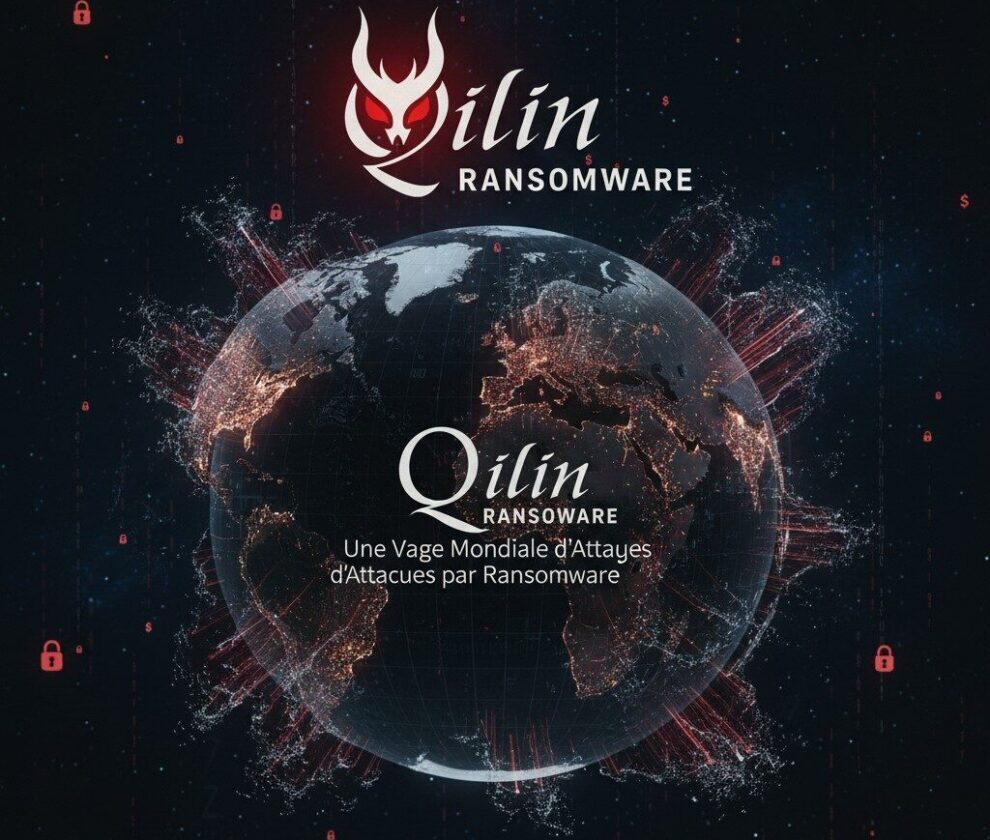Ransomware attacks are on the rise, posing a serious threat to businesses, public institutions, and individuals alike. These malicious attacks encrypt vital data and demand ransom payments to unlock the files, leaving victims in a vulnerable position. Understanding how to protect yourself and your data has never been more essential.
What Are Ransomware Attacks?
Ransomware is a type of malicious software specifically designed to infiltrate computer systems and encrypt files. Victims are then coerced into paying a ransom, typically through cryptocurrency, in exchange for a decryption key. Prominent ransomware variants like WannaCry, NotPetya, and LockBit exploit system vulnerabilities, often through phishing schemes or unprotected software, to initiate their attack.
The Importance of Ransomware Protection
The impact of a ransomware attack can be devastating. Beyond immediate financial losses, such attacks can severely harm a company’s reputation and even breach regulations like GDPR. According to CISA, ransomware attacks amount to billions of dollars lost annually worldwide. Small to medium-sized enterprises, which often lack comprehensive cybersecurity measures, are especially vulnerable to these assaults, underscoring the importance of knowing how to prevent and mitigate such attacks.
Practical Steps to Prevent Ransomware
Prevention is your best defense against ransomware. Below are some of the most effective strategies:
- Keep Software Updated: Regularly update your operating systems and software to patch vulnerabilities that attackers are likely to exploit.
- Implement Robust Cybersecurity Solutions: Invest in high-quality antivirus software and firewall protection. Leading solutions such as Norton and Bitdefender can act as your first line of defense.
- Employee Training: Social engineering tactics like phishing are initial entry points for many ransomware attacks. Educating employees on how to recognize potentially malicious emails is critical.
- Regular Data Backups: Frequently backup important files and store them offline or on a secure network. This ensures data recovery in the event of an attack.
What To Do If You Fall Victim to Ransomware
In the unfortunate event of a ransomware attack, it’s important to act swiftly and strategically. Follow these steps to mitigate damage:
- Isolate the Affected Device: Disconnect the infected computer or server from the network to prevent the ransomware from spreading.
- Avoid Paying the Ransom: Payment does not guarantee data recovery and may encourage further criminal activity.
- Contact Authorities: Report the incident to cybersecurity agencies. For instance, individuals in France can reach out to ANSSI.
- Restore Data from Backups: If you have prior backups, use them to recover the encrypted files and rebuild your system.
Enlisting Cybersecurity Experts
For individuals or organizations lacking the expertise to navigate ransomware threats, cybersecurity experts can provide invaluable assistance. Services from specialists like Lynx Intel include vulnerability assessments, incident response planning, and tailored training programs. With their help, organizations can build a resilient cybersecurity strategy to handle threats effectively.
The Future of Ransomware: Adapting to Evolving Risks
As technology advances, so do the tactics of cybercriminals. For example, artificial intelligence is now being harnessed to launch more targeted and sophisticated attacks. Stay vigilant by keeping up with cybersecurity trends, and ensure your defense strategies evolve alongside emerging threats.
Conclusion: Taking Action Against Ransomware
Combatting ransomware requires a proactive and strategic approach. By implementing the preventive measures outlined in this article, you can significantly reduce your risk of falling victim to an attack. Remember, whether it’s safeguarding your data through regular backups, educating employees, or relying on experts like Lynx Intel, every action counts. Together, we can build a more secure digital future.


